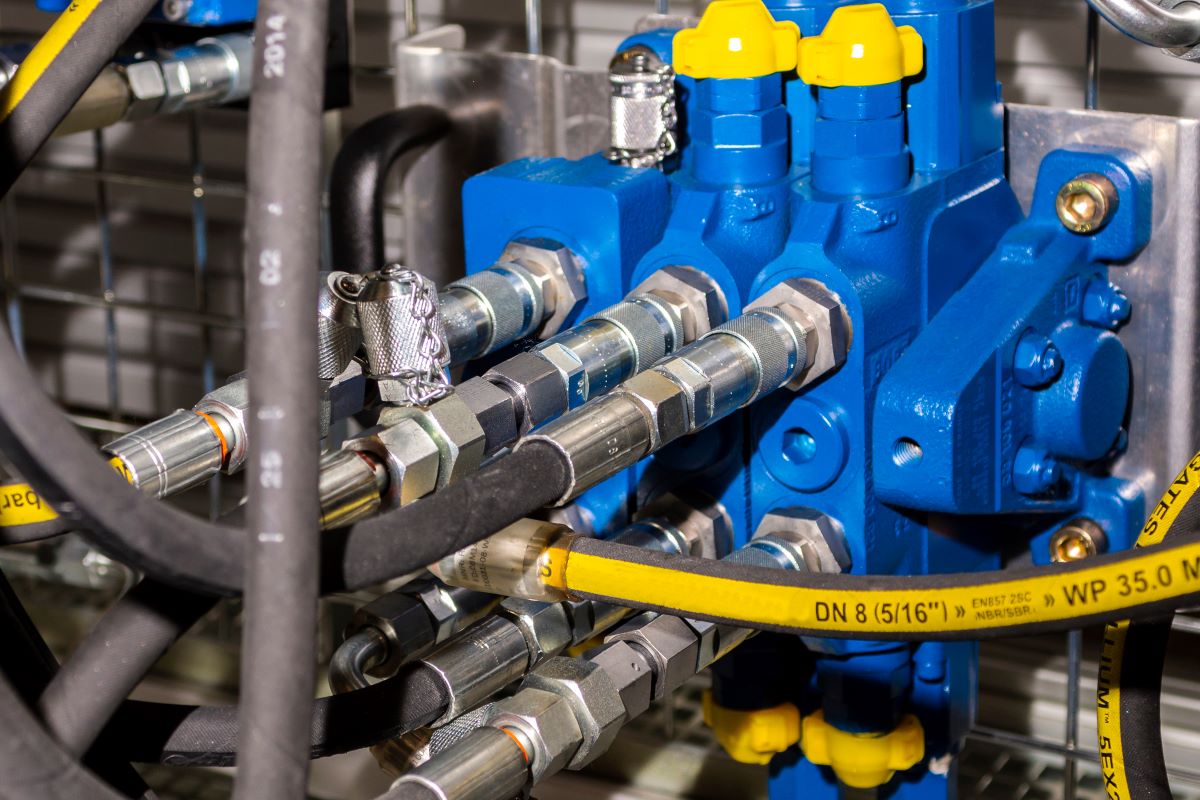Hydraulic systems are a key component in many industries including construction, transportation, and manufacturing. They are a type of mechanical system that uses fluid to generate and transmit power. This unique system has been widely used since its invention in the late 17th century, and its applications continue to grow with advancements in technology. Let’s take a closer look at how hydraulic systems work and their various uses.
The basic principle of a hydraulic system is based on the laws of physics, specifically Pascal’s law. This law states that when pressure is applied to a confined fluid, it will transmit that pressure equally in all directions. This concept is utilized in a hydraulic system to create movement and perform work. The key components of a hydraulic system include a pump, a fluid-filled cylinder, and pistons.

When the pump is activated, it forces fluid into the cylinder, which in turn, pushes the pistons in a specific direction. As the pistons move, they create a force that can be used to lift heavy objects or move parts of a machine. The amount of force created is directly proportional to the surface area of the piston and the pressure applied by the pump. This allows for precise control and a high level of power in hydraulic systems.
One of the most common uses of 移動発電機の遠隔監視 is in heavy machinery, such as cranes, forklifts, and excavators. These machines are equipped with hydraulic cylinders and pistons that allow them to lift and move heavy loads with ease. In the automotive industry, hydraulic systems are used in brake and steering systems, allowing for smooth and precise movement of the vehicle.
Another important application of hydraulic systems is in aircraft. The wings of an airplane have flaps that control the lift and drag of the plane during takeoff and landing. These flaps are operated by powerful hydraulic systems that can withstand high pressures and extreme temperatures. This ensures the safety and efficiency of air travel.
Hydraulic systems also play a crucial role in construction. Heavy equipment, such as bulldozers and cranes, rely on hydraulic systems to perform their tasks. Excavators use hydraulic systems to operate their buckets and booms, making them essential for digging and loading heavy materials on construction sites. The precise control and power of hydraulic systems prove to be invaluable in the construction industry.
Besides industrial uses, hydraulic systems can also be found in everyday objects. Hydraulic brakes are used in elevators and escalators, as well as in amusement park rides. The smooth and controlled movement of these systems ensures the safety and comfort of the passengers. They are also commonly used in garbage trucks for compacting and lifting heavy trash bins.
In recent years, there have been significant advancements in hydraulic technology. Electronic sensors and control systems have been integrated into hydraulic systems, making them more efficient and precise. This has also led to the development of hybrid hydraulic systems, which combine the power of hydraulics with the speed and accuracy of electronic controls.
In conclusion, hydraulic systems have revolutionized various industries and continue to play a vital role in modern technology. Their precise control, incredible power, and versatility make them an invaluable tool in many applications. From construction to transportation, these systems have proven to be reliable and efficient, making our lives easier and more convenient. The next time you ride in an elevator, drive a car, or see a construction site, take a moment to appreciate the marvels of hydraulic systems.